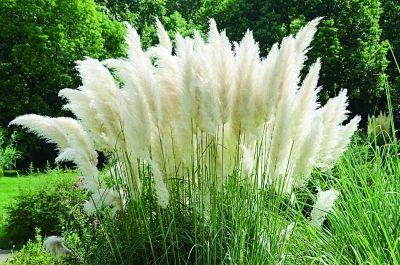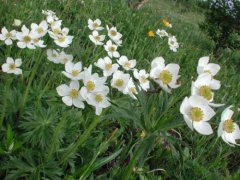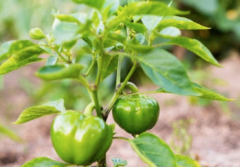What does a feather Reed look like? Soil requirements of feather Reed growing area
What is a feather Reed? Feather grass is a tufted ornamental grass with a wide variety of species. It is a deciduous plant, but it is the first family to display leaves in early spring. Feather red plants may grow to 3 to 5 feet tall and produce an inflorescence that starts green and slowly turns purple or pink in June. The flower head becomes a granular seed in a few days. These grain heads can last until winter, but gradually spread away from the stems.
Feathered Reed grass; feathered Reed ornamental grass is suitable for cold-resistant areas of USDA plants No. 4 to 9. They are ideal for wet or dry areas with enough to part of the sun. This wonderful factory requires little care, and its on-site requirements are very diverse. Choose places rich in moist soil for best performance, but plants can also take dry, barren soil. In addition, feathered Reed ornamental grasses can withstand heavy clay. The crown is divided from late winter to early spring. Planting feather reeds from seeds is not recommended. Seeds are usually sterile and do not germinate.
Nursing care of feather Reed grass
This plant has almost no pest or disease problems, and feather Reed care is easy and minimized. These grasses are very flexible to location and soil conditions, resistant to pests and diseases, and their limited requirements make them ideal for urban or container gardeners.
Seedlings need to be watered until they are established, but mature grasses can withstand long periods of drought. If the soil is poor, apply balanced plant food in early spring.
Feathered Reed ornamental grass should be trimmed to make new leaves soar above the crown in spring. After three years, the mature plants are separated to achieve better growth and produce new plants.

- Prev

What is anemone? Introduction to planting methods and Flower cultivation of Anemone
Tall erect stems and deep leaves are covered with milky flowers, describing the tall anemone. What is anemone? It is a native North American plant with exuberant growth and diffusion characteristics, although not as bad as some relatives of sea anemones.
- Next

What is the reason why chili peppers are bitter? What problems should be paid attention to when bell-shaped varieties of sweet pepper bear fruit?
Whether you like fresh, fried, or stuffed, sweet peppers are classic dinner vegetables with a variety of varieties. The slightly sweet aroma enhances spicy, fragrant and delicious dishes, while various colors liven up any recipe. Among the favorite dishes
Related
- A course of planting techniques and methods on how to grow carrots
- How to plant the latest tulips?
- Is it better to pick tea in the morning or in the afternoon? When is the best time for tea to be picked? what is the third or fifth tea?
- Launch Yuanxiao Happy combination Haocha + Tea Yuan healthy Taste
- Penghu Tourism "Fireworks 20 Parade with You"
- 2022 West Lake Happiness holds "Digital Revitalization Voucher" and draws iphone13 and laptop.
- Banqiao Fuzhou social houses are designed to change start-up combined with police elimination to create a safe and livable environment
- The convenient measure of "mechanical weeding" in Xinbei has been abused and the Agriculture Bureau has imposed heavy penalties on the illegal land consolidation.
- Changgeng University Joins Hands with Four Memory Factories to Rescue Memory Talent Shortage
- The list of Taiwan's top 100 MVP managers is listed by the Director-General of the Farmers' Association of Sanxia District.

